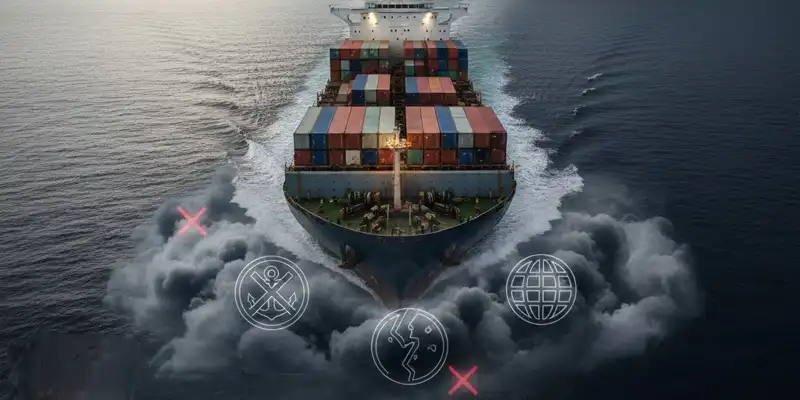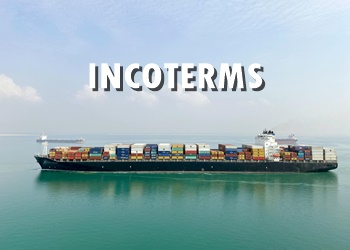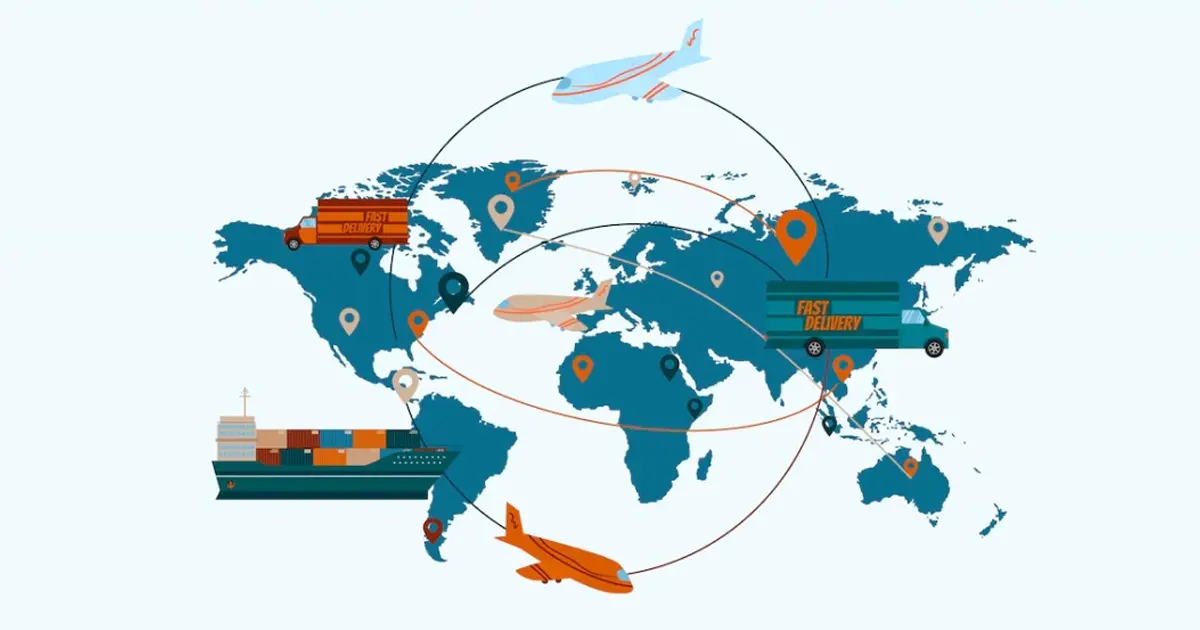How Weather and Sea Conditions Affect Cargo Insurance?
Weather and sea conditions are among the most uncontrollable factors in maritime transportation, directly impacting operational risks and insurance liability. Shippers often ask: How do storms, hurricanes, or prolonged adverse weather affect my insurance coverage? Will specific routes or seasons increase premiums? What measures can I take to reduce risk and ensure claims are valid? This article provides actionable guidance to proactively manage weather-related risks and ensure insurance works when it matters most.

Understanding Weather-Related Risks
Direct physical damage is often obvious but can be complex when it comes to liability and proof. Examples include:
- Containers being washed overboard by high waves;
- Hatch damage leading to water ingress;
- Pallets collapsing during severe ship movements;
- Cargo shifting inside the hold causing breakage.
Insurance companies require evidence for claims, including voyage reports, terminal records, photos of seals, and surveyor reports proving that the damage falls within the policy’s coverage.
Indirect losses are harder to define—for example, perishable goods delayed due to rerouting to avoid storms, causing them to exceed shelf life. These losses are often disputed unless covered by specific clauses (e.g., delay or cold chain failure coverage).
Key actions: distinguish between direct and indirect damage, preserve evidence (photos, data loggers, seal numbers), and notify the carrier and insurer within the policy’s stipulated timeframe.
Seasonal Considerations in Shipping
Weather risks are seasonal and route-specific. Understanding seasonal patterns helps plan shipments, reduce risk, and optimize insurance coverage.
- Tropical cyclone/hurricane season (e.g., Northwest Pacific, North Atlantic): These predictable periods may require route restrictions or special stowage. Avoiding peak season reduces losses and simplifies claims.
- Monsoon and rainy season (Southeast Asia): High rainfall increases water ingress and container condensation, especially when warm cargo is loaded into refrigerated containers. Ventilation and desiccants are recommended.
- Winter in the North Atlantic/Baltic: Freezing and thawing cycles increase risks to hatches, securing equipment, and refrigerated cargo. Insurers typically require winterization measures.
- Local monsoons and storm surges: Some ports are prone to storm surges; pre-planning ports or voyage schedules can reduce risk.
Recommendation: schedule sensitive or time-critical cargo shipments appropriately, adding buffer time and contingency plans when necessary.
Coverage Implications for Storms and Hurricanes
Insurance policies respond differently to adverse weather, and the key considerations include:
- Risk definition and exclusions
Standard “all-risk” (ICC A) coverage is broad but still has exclusions (e.g., war, intentional acts, latent defects). Named-peril policies may exclude storm risks or have strict claim requirements. Before shipping on high-risk routes, verify storm coverage and marine perils. You can refer to Comparing Named Perils and All-Risks Marine Policies
for a detailed comparison of how different policies handle weather risks. - Duty to mitigate and voyage deviation
Most marine insurance requires the insured to take reasonable steps to mitigate loss. Failure to take necessary precautions (e.g., securing cargo, delaying loading) may affect claims. Conversely, a captain deviating the voyage to avoid storms is usually recognized by insurers if fully documented.
Key claim practices: preserve evidence, obtain voyage logs, collect terminal and stowage plans, and arrange surveyors promptly. Timestamped photos and cargo samples from independent surveyors are often critical in establishing storm-related damage.

Premium Adjustments Based on Route Risks
Insurers use risk assessment to determine premiums, with route and seasonal risks being key factors:
- High-risk routes during storm season may have higher premiums or surcharges;
- War or piracy risk can also increase fees or require special clauses;
- Frequent transits on high-risk routes may lead insurers to require additional risk control measures or premium adjustments.
Recommendation: consider multi-voyage or annual policies instead of single-trip coverage. This approach smooths seasonal fluctuations and allows insurers to recognize effective mitigation measures. You can refer to How to Minimize Risk During Marine Transportation for best practices in operational controls and documentation management.
Risk Mitigation Strategies
Pre-Voyage Planning
- Route and timing selection: avoid peak storm seasons; reroute if necessary.
- Carrier and vessel selection: choose modern fleets with strong records and robust storm contingency plans, and verify stowage and securing standards.
Packaging and Stowage
- Weatherproof packaging: use marine-grade moisture- and water-resistant materials, liners, and sealed pallets.
- Humidity control: employ desiccants, ventilated containers, and precondition warm cargo to prevent condensation.
- Professional lashing and securing: heavy or irregular cargo should be secured according to IMO and carrier standards.
Operational Controls
- Advance weather information: subscribe to reliable forecasts and integrate them into voyage planning.
- Document mitigation measures: record delayed loading, route deviations, or stowage adjustments as proof of prudent action.
- Temperature and humidity monitoring: use data loggers and real-time tracking for sensitive cargo to prevent loss and provide claims evidence.
Contractual Protection
- Clearly define Incoterms and responsibilities: specify who bears storm-related delays, demurrage, and insurance responsibility.
- Contingency planning: pre-arrange alternative ports and post-storm procedures, including rapid inspection and surveying.
Post-Event Handling
- Prompt notification and surveying: immediately notify the insurer and carrier, and arrange independent surveyors.
- Preserve evidence: do not discard damaged cargo; retain samples, pallets, and packaging for inspection.
Practical Checklist — Actions Before a Storm
- Review the policy’s coverage for marine perils and notification deadlines.
- Contact the carrier for updated voyage plans and ETA/ETD adjustments.
- Photograph cargo, seals, and container condition before loading.
- Decide on loading or delay based on weather forecasts and document reasons.
- Install data loggers for temperature- or humidity-sensitive cargo.
- In case of damage, collect timestamped evidence, arrange surveyors, and notify the insurer within policy deadlines.
Conclusion — Aligning Operations with Insurance to Manage Weather Risks
Weather and sea conditions are an inherent part of maritime risk. Effective management involves preparation: understanding seasonal and route-specific weather patterns, ensuring policy coverage for storms, implementing operational controls to reduce loss frequency and severity, and documenting all precautionary actions. Aligning operational measures with insurance ensures reduced losses and faster, more successful claims.
If you want a professional assessment of your policy and route risks, and guidance to reduce risk during storm season, contact us for a free consultation—we can review your policy, suggest additional coverage clauses, and provide practical operational plans to minimize risk and cost.
Have Anything To Ask Us?
Please fill in your email in the form and we’ll get back to assist you soon!




